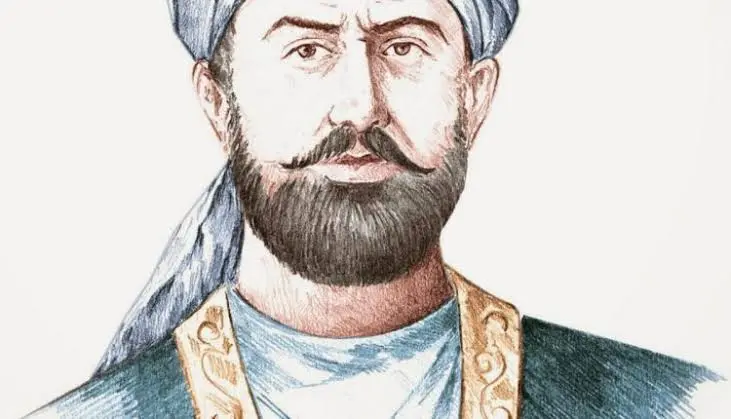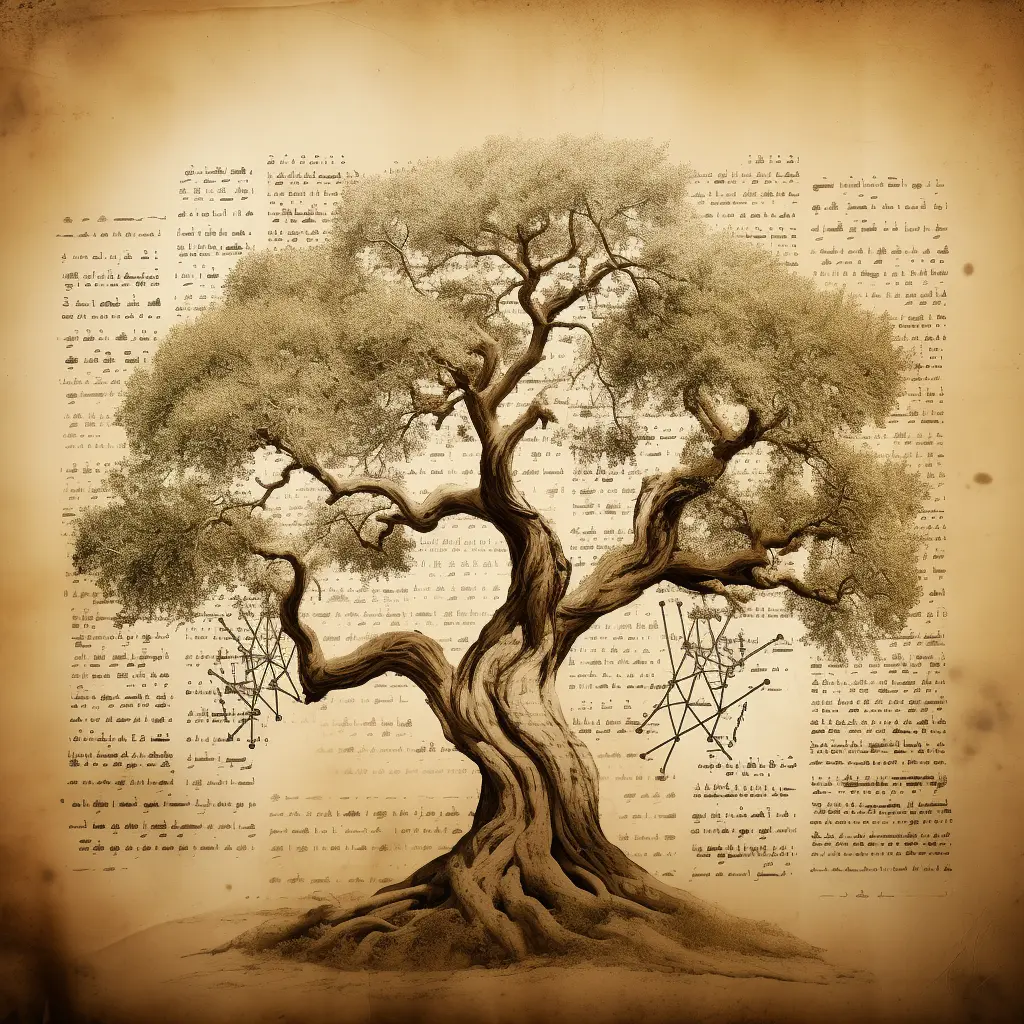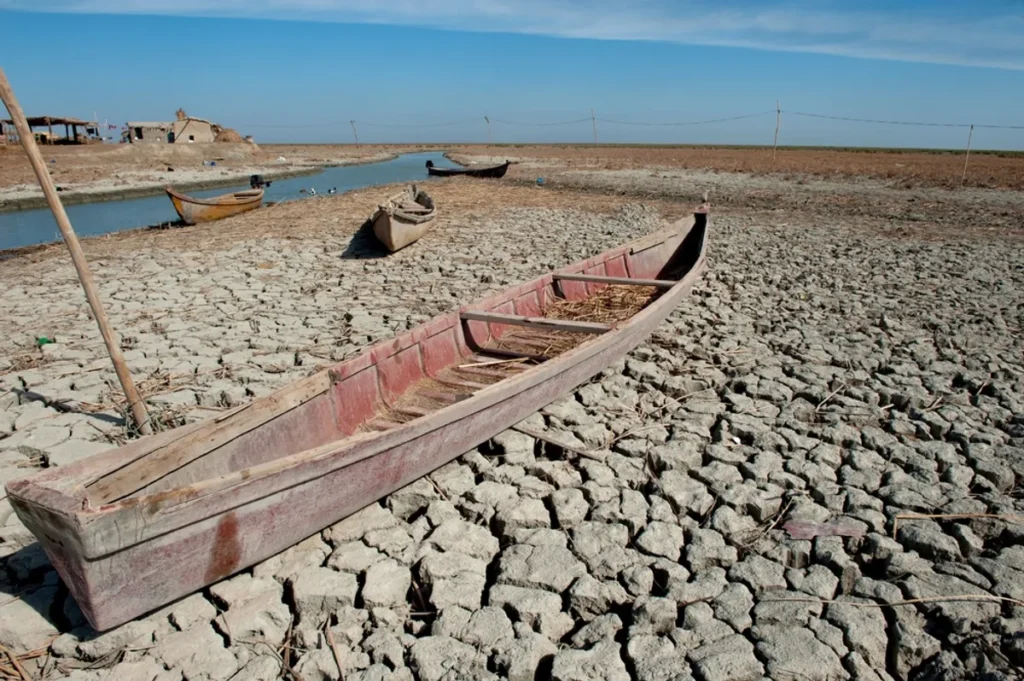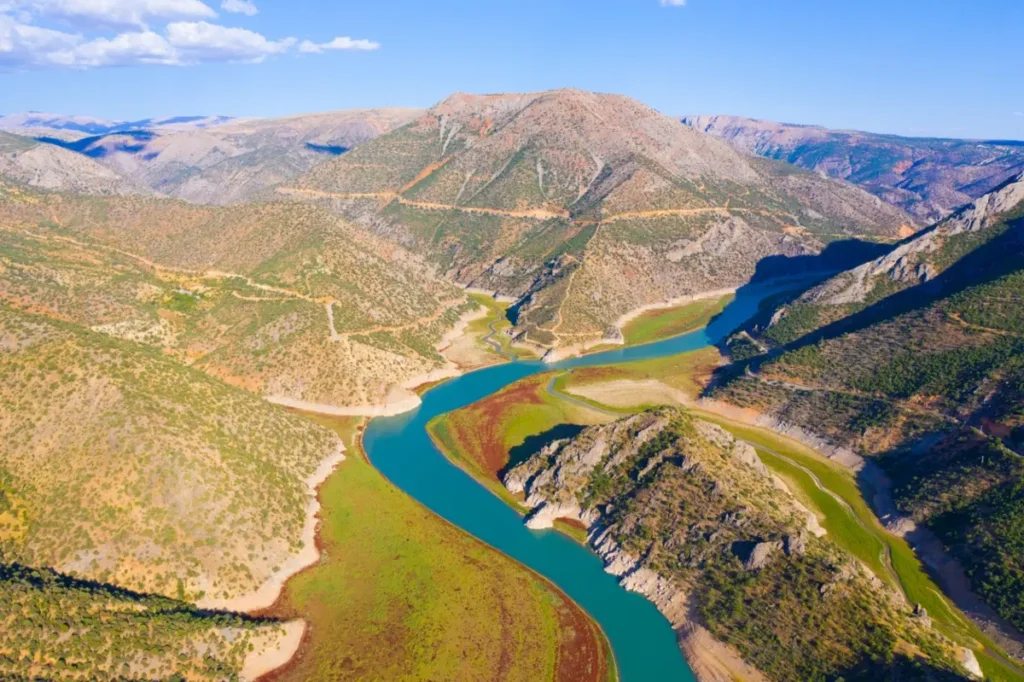
Introduction
Who is Mirwais Hotak?
Born in 1673, Mirwais Hotak was a powerful political figure from the Hotak dynasty in Afghanistan. Originally a tribal chieftain, Mirwais rallied the Afghan Pashtun tribes, overthrew the ruling Persian Safavids, and established himself as the King of Kandahar, opening a new chapter in Afghanistan’s history.
What to expect in this blog
In this comprehensive discussion, readers can anticipate a deep dive into the life and achievements of the historical figure, Mirwais Hotak. We will elucidate on his significant contributions to the Afghani political scene, his personal life, and the legacy he left behind.
This article aims to deliver a balanced biography, encompassing both the victories and challenges he encountered. Additionally, we will explore the widespread effects of his rule not only on Afghanistan but on a global scale. So strap in, history enthusiasts and curious readers, prepare for a fascinating journey through the life of this influential sovereign.
Historical Background
Hotak tribe’s prominence
The Hotak tribe gained significance in the early 18th century when Mirwais Khan Hotak, the tribe’s leader, successfully rebelled against the Persian Safavid rulers and established the Hotak dynasty in Kandahar. Under the leadership of Mirwais and later his sons, the Hotaks expanded their reign, taking over large parts of what is now Iran and Afghanistan.
Their rule was characterized by strategic military tactics and political savvy, which led to their prominence among the other Pashtun tribes. The Hotak’s dominance, however, was ephemeral as they fell to the Persian Afsharid dynasty in 1738. The influence of the Hotak tribe remains significant in Afghan history, as they were among the earliest to initiate autonomy and self-rule.
Early life of Mirwais
Born around 1673 in Kandahar, Mirwais Hotak, also known as Mirwais Neeka, was of Ghilji Pashtun tribal origins. His upbringing was deeply rooted in traditional Pashtun customs and values, including ensuring the survival and honor of his people. To support his family, he was involved in small-scale merchant trade. His journey to Persia, motivated by business purposes, would prove to be life-altering.
Here, he rose to prominence due to his charismatic leadership and genuine concern for his people. He received religious education in the Safavid court at Isfahan, broadening his perspective and inspiring him to return to his homeland. Motivated to bring about socio-economic changes, he sought to stimulate progress in a place marked by underdevelopment and foreign oppression. His local influence and reputation began to grow exponentially, setting the stage for his later feats.
Hot Topic: New Scans of the Great Pyramid Confirm Major Discovery Inside
Path to Leadership
Mirwais’ rise to power
In the late 17th century, fate carved out an influential role for Mirwais Hotak. He hailed from the influential Hotak tribe in Kandahar, Afghanistan. Originally, he was sent to Gorgan for studies where he was detained by the Ghorids and later saved by the Safavids. His affinity for his homeland led him to plot a rebellion against the oppressive Persian rule, placing him in a unique position of influence and power.
In 1709, bravery and strategy came to fruition when he led a successful revolt against the Safavids, liberating Kandahar. His victory was an integral turning point, not merely in his life, but also in the history of Afghanistan. Post-revolution, he declared Kandahar an independent state, and himself its ruler, ascended as the “Mirwais Neeka” cementing his place as one of the prominent leaders in the Afghan history.
His leadership style
Mirwais Hotak, an influential leader of the Hotak dynasty, was known for his strategic and unifying leadership style. His knack for quick decision making and visionary approach can be attributed to his achievement in regaining independence from the Safavid Persians, having custody of Southern Afghanistan. He was a charismatic yet assertive figure, who fostered a culture of mutual respect and inclusivity among his people. Hotak’s leadership was grounded in his profound understanding of his fellow tribesmen’s social and economic dynamics, making his rule people-centric.
Although his reign was short-lived, Hotak managed to leave an indelible mark through his revolutionary leadership style, inspiring future leaders to prioritize the welfare of their people. His unique blend of strategic foresight, decision-making prowess, and empathy towards tribal issues set him apart as an inspirational frontrunner, enabling him to overcome the challenges of his time swiftly and effectively.
Achievements and Impact
Hotak dynasty and development
The Hotak dynasty, established by Mirwais Hotak, had a profound role in shaping the course of the Middle East’s future, particularly in Afghanistan. During their brief rule from 1709 to 1738, the Hotaks initiated several key developments that fundamentally transformed the political, cultural, and sociological dynamics of the region. The regime challenged the dominant Persian Safavid rule, thereby triggering an unprecedented shift in power.
This had significant implications that echoed through the echelons of Middle Eastern politics for numerous decades. Furthermore, they were instrumental in fostering a sense of Afghan nationalism and cultural identity, sowing the seeds for a distinct Afghan state. Although the dynasty eventually fell to the Persian Afsharids, the impacts of the societal shifts engendered during the Hotak rule continue to manifest in the modern-day aspirations of Afghan unity and self-determination. Thus, the Hotak dynasty’s achievements left an indelible mark on the progression of Afghanistan and, more widely, the Middle East.
Mirwais’ lasting influences
Mirwais Hotak, an influential figure from the 18th century, left a lasting impression on the socio-political framework of Afghanistan. His reign as the king witnessed major transformations which set a new course for the country’s progress. Hotak’s impact was most notably seen through the introduction of reforms in areas like administration and military, establishing absolute authority and centralization efforts unseen prior to his regime.
His vision for a sovereign Afghan nation played a key role in shaping the country’s national identity. Perhaps one of his greatest feats was his success against the powerful Safavid dynasty, which not only signaled the decline of Persia’s power but also established Afghanistan’s image as a contender on the world stage. Thus, Mirwais Hotak’s influence can still be discerned in modern Afghanistan, reflecting his key achievements and significant impact.
Challenges and Controversies
Opposition faced by Mirwais
At the height of his political reign, Mirwais faced numerous impediments, marking a pivotal phase in his rule. A significant fraction of challenges arose from tribal conflicts and the resistance he encountered from skeptical local rulers averse to his progressive views. These regional leaders saw his advocacy for unity and reform as a threat to their own power and autonomy, ensuing a tense environment of struggle and opposition.
Another considerable controversy emerged from his conflict with the Persian Safavid Shah Hussein, leading to a series of bitter confrontations. Mirwais’ determination to create an independent nation was met with hostility, embroiling him in several wars. Overcoming these adversities tested his perseverance and diplomatic skills, reinforcing the complexity of his leadership.
Controversial decisions and events
Throughout his reign, Mirwais Hotak, an influential Afghan tribal leader, encountered significant controversy and adversity. He ascended to power after overthrowing the Safavid Empire, a decision that sparked both domestic and international discord due to its direct contradiction of established power structures. Moreover, his subsequent policies emphasizing Afghan independence further fanned these flames.
A notable event that provoked debate was when he pronounced Kandahar an independent kingdom, a bold move that exacerbated regional tensions significantly. Furthermore, his assertive stance against the Persian Safavid rulers resulted in the 1709 Battle of Gulnabad, costing countless lives. Despite these controversial decisions and dramatic events, Hotak’s determination to secure autonomy for his people has secured his legacy as a courageous, if contentious, figure in Afghan history.
Perceptions and Legacy
Public perception during his reign
During the rule of Mirwais Hotak, the public viewpoint significantly fluctuated. Initially, he was seen as a liberator and praised for successfully establishing Afghanistan’s independence from Safavid rule. His defiance against oppression redefined the Afghan national identity, a feat for which many Afghans continue to revere him. However, as the political landscape evolved, the same stronghold brought about division, violence, and instability.
His policy of aggressive expansion didn’t sit well with everyone, leading to dissatisfaction among certain factions. Combined with failed attempts to consolidate significant portions of Persia, this contributed to a mixed legacy. Even today, historians and the public alike view his reign through different lenses, a testament to the complexity of his rule.
Modern view and studies on Hotak
Emerging research in recent years has shed new light on the life and influence of Mirwais Hotak. Often characterized as a revolutionary figure, Hotak’s role in the establishment of the Hotaki dynasty made a significant impact on Afghanistan’s political landscape. Historians and scholars today, however, are keen on examining his broader influence beyond the realm of politics. Their work reveals that Hotak was not only a political leader but also played an essential role in promoting cultural assimilation and intellectual development during his reign.
His reign is credited with the convergence of various ethnic groups, initiating a socio-cultural amalgamation, a vital aspect of Afghanistan’s national identity today. Consequently, contemporary views recognize and appreciate Hotak’s contributions to the diverse and rich tapestry of Afghanistan’s history and cultural identity.



